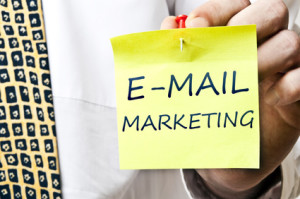Approximately 84% of 3,100 business owners surveyed generated business from LinkedIn, according to the Huffington Post.
Much is written about Facebook and Twitter as social networking outlets for business, but few highlight LinkedIn as an essential outlet. The following are a few reasons to consider adding LinkedIn to your marketing portfolio. 
Develop a Customer Focus
LinkedIn personal and company pages allow you to be very specific about what you and your company can do for customers, says Entrepreneur. People will find you through keyword searches, so create these to match precisely your products and skills. Be selective about the people you connect with. You can create a following that is interested in your company and its products, and not just interested in collecting connections.
Get and Stay Connected With Colleagues and Industry Leaders
Use LinkedIn to connect to businesses, vendors, suppliers, and leaders in your industry. Through these connections you’ll know where people are working and where they came from. This will help when you are hiring since you can track where the key players are. You’ll be able to give them a heads-up as to your staffing plans so they can begin thinking about possibilities with your company. Candidates using job applications online at www.job-applications.com can see more specifics about positions with your company. You can also seek the best from those connected with you and share job opening information.
Join and Start Groups
LinkedIn groups combine current event information with tips from other professionals. You’ll use groups to see what is happening in the industry and how others are responding. You can participate in discussions that directly affect your business, such as marketing with social media and how to create authoritative company pages.
By creating groups, you can become the resident expert in your field. Offer useful advice that helps businesses deal with common problems in unique ways. Business topics such as “Managing Health Care Offerings In Your Small Business” or “Lowering Your International Shipping Costs” will draw a lot of attention from business owners struggling with those problems.
Making Use of Recommendations
About 83 percent of consumers surveyed said that their purchase decisions were affected by reviews, notes LinkedIn. Use this to your advantage by promoting customer recommendations. Five or ten days after the sale of a product or service, depending on your business, ask the customer to give you a recommendation on LinkedIn. Thank each customer for their recommendations. Encourage potential customers to read your LinkedIn recommendations.
Solicit Customer Input
You can create a LinkedIn group to be used as a customer focus group. Invite key customers to join. In this group you can sponsor Q&As about your products or services, discuss upcoming releases and request new features the customers would like to see. This type of customer interaction can create a stronger following, says Kissmetrics Marketing Analytics.
Product Announcements and Testing
LinkedIn groups allow you to announce upcoming products that need testing. If you have a new cloud-based CRM application you’d like to test, create a group of beta testers and have a weekly call to review the feedback. This is another level of testing than you can often do within your business. The testers may find ways to use your product differently than it was intended so you can discover that before its release to the general public.
photo credit: Victor1558 | cc





